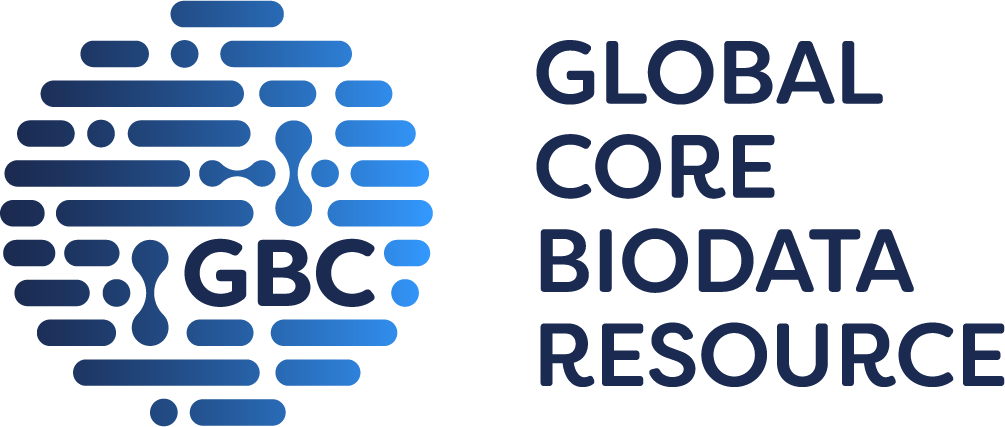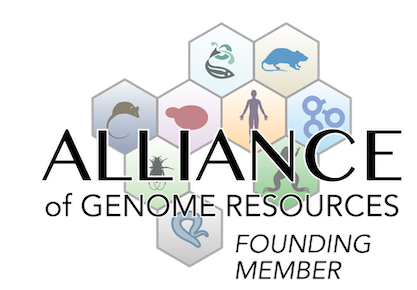reproductive system
 |
• female mice produce fewer, smaller litters that often result in dead pups
|
|
• female mice produce fewer, smaller litters that often result in dead pups
• litter size of female mice is decreased regardless of the parental genotype
|
nervous system
|
• mice treated with 1-methyl-4-phenyl-1,2,3,6-tetrahydropyridine (MPTP) exhibit reduced neuronal cell death compared with similarly treated wild-type mice
|
|
• after occlusion of the middle cerebral artery with a transluminal filament and reperfusion, mice exhibit reduced brain edema and neurological defects compared with similarly treated wild-type mice
|
|
• after occlusion of the middle cerebral artery with a transluminal filament and reperfusion, infarct volume is reduced 34% compared to in similarly treated wild-type mice
|
homeostasis/metabolism
|
• mice treated with 1-methyl-4-phenyl-1,2,3,6-tetrahydropyridine (MPTP) exhibit a reduced decrease in dopamine levels compared with similarly treated wild-type mice
|
|
• mice treated with 1-methyl-4-phenyl-1,2,3,6-tetrahydropyridine (MPTP) exhibit a reduced decrease in dopamine levels compared with similarly treated wild-type mice
(J:120035)
• treatment of primary lung fibroblasts with the calcium ionophore A23187 stimulates less arachidonic acid release from the cells than in wild-type cells but similar levels of lactate dehydrogenase release
(J:278285)
• primary lung fibroblasts stimulated with hydrogen peroxide to stimulate release of arachidonic acid and lactate dehydrogenase release less arachidonic acid (25%) compared to wild-type fibroblasts (37%) but similar levels of lactate dehydrogenase
(J:278285)
|
|
• mice treated with 1-methyl-4-phenyl-1,2,3,6-tetrahydropyridine (MPTP) exhibit reduced neuronal cell death compared with similarly treated wild-type mice
|
|
• following left main stem bronchus occlusion, mice fail to exhibit a change in left lung pulmonary vascular resistance and lower arterial partial pressure of oxygen compared to in similarly treated wild-type mice
• however, treatment with arachidonic acid, indomethacin, or L-NAME or chronic exposure to hypoxic conditions restore lower arterial partial pressure of oxygen increase observed during left main stem bronchus occlusion
• chronic hypoxia exposure results in less prominent right ventricle hypertrophy, less polycythemia, and restored hypoxic pulmonary vasoconstriction compared to in similarly treated wild-type mice
• mice exposed to 3 weeks of chronic hypoxic conditions then subjected to left main stem bronchus occlusion, exhibit lower left lung pulmonary vascular resistance compared with similarly treated wild-type mice
|
|
• aortic banding results in greater cardiac hypertrophy than in wild-type mice
|
|
• after occlusion of the middle cerebral artery with a transluminal filament and reperfusion, mice exhibit reduced brain edema and neurological defects compared with similarly treated wild-type mice
|
|
• after occlusion of the middle cerebral artery with a transluminal filament and reperfusion, infarct volume is reduced 34% compared to in similarly treated wild-type mice
|
hematopoietic system
|
• after 4 weeks in culture, more bone marrow-derived mast cells are generated than by wild-type samples
|
|
• in response to stem cell factor (SCF)
|
polycythemia
(
J:76813
)
|
• chronic hypoxia exposure results in less polycythemia compared to in similarly treated wild-type mice
|
immune system
|
• after 4 weeks in culture, more bone marrow-derived mast cells are generated than by wild-type samples
|
|
• in response to stem cell factor (SCF)
|
cardiovascular system
| N |
• despite increased heart size, cardiac function is normal
|
|
• cardiomyocyte cross-sectional area is increased 17% compared to in wild-type mice
|
|
• aortic banding results in greater cardiac hypertrophy than in wild-type mice
|
|
• left ventricle posterior wall is thicker than in wild-type mice
|
|
• chronic hypoxia exposure results in less prominent right ventricle hypertrophy compared to in similarly treated wild-type mice
|
|
• following left main stem bronchus occlusion, mice fail to exhibit a change in left lung pulmonary vascular resistance unlike similarly treated wild-type mice 0
• however, treatment with arachidonic acid, indomethacin, or L-NAME or chronic exposure to hypoxic conditions restore lower arterial partial pressure of oxygen increase observed during left main stem bronchus occlusionhowever, treatment with arachidonic acid, indomethacin, or L-NAME or chronic exposure to hypoxic conditions restore lower arterial partial pressure of oxygen increase observed during left main stem bronchus occlusion
• mice exposed to 3 weeks of chronic hypoxic conditions then subjected to left main stem bronchus occlusion, exhibit lower left lung pulmonary vascular resistance compared with similarly treated wild-type mice
|
|
• aortic banding results in greater cardiac hypertrophy than in wild-type mice
|
muscle
|
• cardiomyocyte cross-sectional area is increased 17% compared to in wild-type mice
|
|
• skeletal myocyte cross-sectional area is increased 15.5% compared to in wild-type mice
|
cellular
|
• mice treated with 1-methyl-4-phenyl-1,2,3,6-tetrahydropyridine (MPTP) exhibit reduced neuronal cell death compared with similarly treated wild-type mice
|
|
• after 4 weeks in culture, more bone marrow-derived mast cells are generated than by wild-type samples
|
|
• in response to stem cell factor (SCF)
|
|
• pups of female mice are larger than normal and often die at birth
• litter size of female mice is decreased regardless of the parental genotype
• offspring of female mice mated with homozygous males die near implantation (E4.5)
• female mice produce fewer, smaller litters that often result in dead pups
|
growth/size/body
|
• aortic banding results in greater cardiac hypertrophy than in wild-type mice
|



 Analysis Tools
Analysis Tools